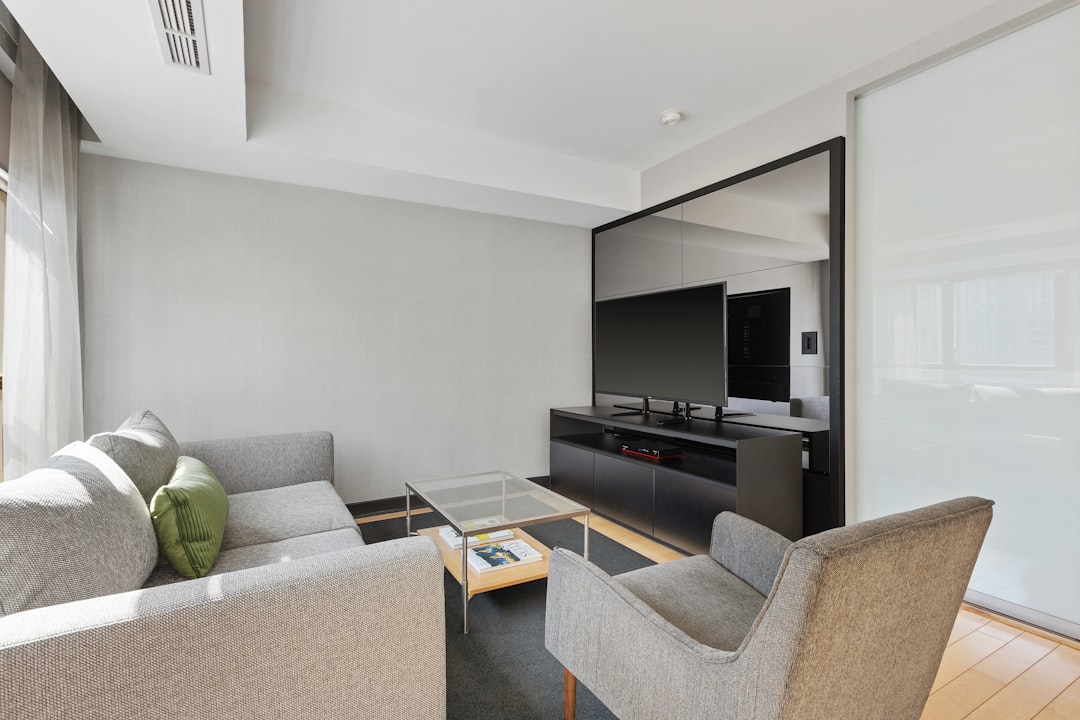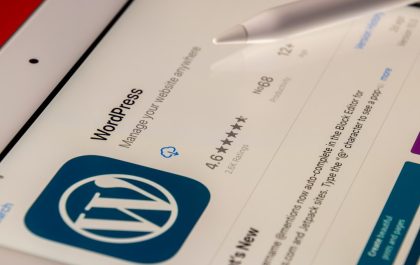Managing properties efficiently in today’s competitive real estate market demands more than just collecting rent and fixing leaking faucets. At the heart of successful residential and commercial property oversight lies LPI Management—the management of Lease, Property, and Investment components. Whether overseeing a portfolio of rental apartments, commercial suites, or mixed-use developments, LPI management is essential for streamlining operations and delivering superior tenant experiences.
What is LPI Management?
LPI Management is a holistic approach that encompasses three key aspects of real estate operations:
- Lease: Managing leases, renewals, and tenant relationships.
- Property: Overseeing the maintenance, amenities, and compliance needs of a property.
- Investment: Ensuring the property generates a favorable ROI through sound financial strategies.
This integrative methodology ensures that no aspect of property management is neglected. When executed well, LPI management reduces costs, increases occupancy, and improves tenant satisfaction.
The Benefits of Streamlined LPI Management
Efficient LPI management offers a multitude of benefits, including:
- Boosted Operational Efficiency: By systemizing everyday processes, property managers can allocate more time to strategy and growth.
- Improved Tenant Retention: Tenants are more likely to renew leases when they experience prompt maintenance, clear communication, and seamless interactions with management.
- Financial Optimization: Real-time access to financial data, rent flow, and maintenance expenses aids in stronger investment decision-making.
- Risk Mitigation: An organized system ensures compliance with safety and legal regulations, minimizing potential liabilities.
Tools and Strategies for Effective LPI Management
Technology plays a critical role in modern LPI management. From cloud-based platforms to AI-driven analytics, property managers now have access to tools that can automate and enhance performance. Key strategies and tools include:
1. Centralized Property Management Software
Leading software solutions like AppFolio, Buildium, and Yardi allow managers to:
- Automate rent collection and reminders
- Track maintenance requests and work orders
- Generate insightful financial reports
- Host tenant portals for communication and billing
By centralizing operations, these platforms reduce human error and ensure that all aspects of LPI are tracked in real time.
2. Proactive Maintenance Scheduling
Preventive maintenance is more cost-effective than emergency repairs. Establishing regular inspection schedules can help maintain property quality, ensure compliance with safety standards, and increase tenant satisfaction.

3. Data-Driven Investment Decisions
Using analytics to assess performance indicators—such as occupancy rates, rental yields, turnover rates, and tenant feedback—helps property managers and investors identify opportunities for portfolio growth or optimization.
4. Clear Communication Channels
Whether through a mobile app or a responsive email system, tenants should find it easy to communicate issues or requests. This responsiveness creates trust and ultimately leads to higher tenant retention.
Enhancing the Tenant Experience
The tenant experience is the cornerstone of success in property management. A satisfied tenant is more likely to renew their lease, take care of the property, and contribute to a harmonious living or working environment.
Here are some practical ways LPI management helps enhance the tenant experience:
- Speedy Issue Resolution: Maintenance automation ensures faster turnaround on repairs.
- Transparency: Tenants value access to lease documents, payment histories, and maintenance logs.
- Comfort & Amenities: Proper property maintenance and upgrades ensure tenants feel valued and comfortable.
- Digital Access: Tenant portals and mobile apps offer 24/7 convenience for paying rent, submitting tickets, and communicating with managers.

Best Practices for LPI Management Success
To unlock the full potential of LPI management, property managers should implement the following best practices:
- Perform Regular Audits: Periodic reviews of lease agreements, inspection reports, and investment outcomes can detect inefficiencies or issues early.
- Keep Up with Legal and Regulatory Changes: Property laws change frequently. Stay informed to avoid fines and tenant disputes.
- Train Your Team: Staff and contractors should be well-versed in system use, customer service, and compliance protocols.
- Solicit Tenant Feedback: Periodic surveys or check-ins help identify pain points and highlight areas for improvement.
- Leverage Automation: Embrace technology to streamline time-consuming tasks like invoicing, reporting, and communications.
Conclusion
Whether you manage a single multifamily unit or a sprawling commercial portfolio, optimizing your LPI Management approach is imperative in today’s real estate climate. Tight integration of lease oversight, property maintenance, and investment strategy translates into smoother operations and happier tenants. With the right tools and commitment to continuous improvement, property managers can deliver unparalleled tenant experiences while maximizing ROI.
Frequently Asked Questions (FAQ)
What does LPI stand for in property management?
LPI stands for Lease, Property, and Investment management. It refers to an integrated approach to managing rental operations efficiently and strategically.
Is LPI management only for large property portfolios?
No. Even small-scale landlords benefit from implementing LPI principles. It improves organization, tenant communication, and financial performance regardless of property size.
How does LPI management improve the tenant experience?
LPI management ensures faster maintenance response, more accessible lease information, and clearer communication, all of which contribute to a better overall living experience.
Can LPI management be outsourced?
Yes. Many property owners outsource LPI functions to specialized property management companies that have the tools and expertise to handle leasing, maintenance, and financial tasks efficiently.
What kind of software is needed for LPI management?
Comprehensive property management software—like Buildium, AppFolio, or Yardi—is essential for integrating lease, property, and investment data into one system for easy access and decision-making.
How often should performance metrics be reviewed?
Ideally, performance metrics such as occupancy rates, rent collections, and maintenance costs should be reviewed monthly, with more in-depth reviews conducted quarterly or annually.
yehiweb
Related posts
New Articles
The Polyglot Platform: Taking Your WordPress Site Global with AI Bud
The English-speaking web is saturated. For every keyword you try to rank for in the US or UK, there are…


